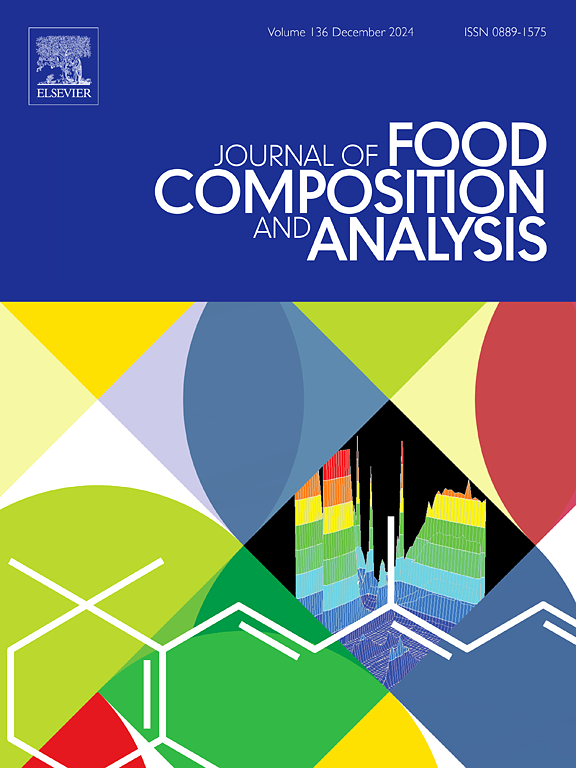Optimized application of UV-C radiation in human milk: Combined effects on microbiological control of total coliforms and Lactobacillus spp., and the quality of fatty acids and minerals
IF 4
2区 农林科学
Q2 CHEMISTRY, APPLIED
引用次数: 0
Abstract
In human milk banks (HMBs) Holder pasteurization (HOP) is widely used for the treatment of human milk (HM). However, considerable challenges arise due to the technique eradicating Lactobacillus spp. and drastically reducing the concentration of fatty acids after treatment. We evaluated the effect of short-wave ultraviolet radiation (UV-C) under optimized conditions of time and distance, providing an alternative to HOP concerning the inactivation of the coliform group and maintenance of HM components. The results demonstrated that UV-C ensured inactivation of the coliform group, with a reduction of 28 colony-forming units (CFU/mL). Moreover, in an innovative manner, it preserved Lactobacillus spp. at values exceeding 4 log CFU/mL, whereas HOP eliminated these essential probiotics for neonatal development, with a reduction of 5.48 log CFU/mL. UV-C also showed minimal loss in the total composition of unsaturated fatty acids and maintained mineral content. Therefore, UV-C offers technological advantages as a strategy for HMBs.
求助全文
约1分钟内获得全文
求助全文
来源期刊

Journal of Food Composition and Analysis
工程技术-食品科技
CiteScore
6.20
自引率
11.60%
发文量
601
审稿时长
53 days
期刊介绍:
The Journal of Food Composition and Analysis publishes manuscripts on scientific aspects of data on the chemical composition of human foods, with particular emphasis on actual data on composition of foods; analytical methods; studies on the manipulation, storage, distribution and use of food composition data; and studies on the statistics, use and distribution of such data and data systems. The Journal''s basis is nutrient composition, with increasing emphasis on bioactive non-nutrient and anti-nutrient components. Papers must provide sufficient description of the food samples, analytical methods, quality control procedures and statistical treatments of the data to permit the end users of the food composition data to evaluate the appropriateness of such data in their projects.
The Journal does not publish papers on: microbiological compounds; sensory quality; aromatics/volatiles in food and wine; essential oils; organoleptic characteristics of food; physical properties; or clinical papers and pharmacology-related papers.
 求助内容:
求助内容: 应助结果提醒方式:
应助结果提醒方式:


